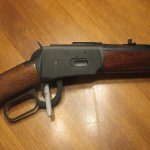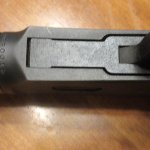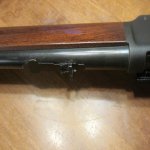- Location
- Western Manitoba
I do not remember the articles, but about that time I had bought the four volumes of the Gunsmith Kinks books - I've since passed them on to another guy - that is likely where I had read about the Oxpho Blue being so good. I am simply not seeing anything about it (or any other "Cold Blue"), 8 or 10 years after applying it. I do still use the stuff - mostly on m1917 or P-14 action screw heads that I peen out and polish to fix the screw slots, since I am not finding a good source, any more, for NOS replacements.
















































































